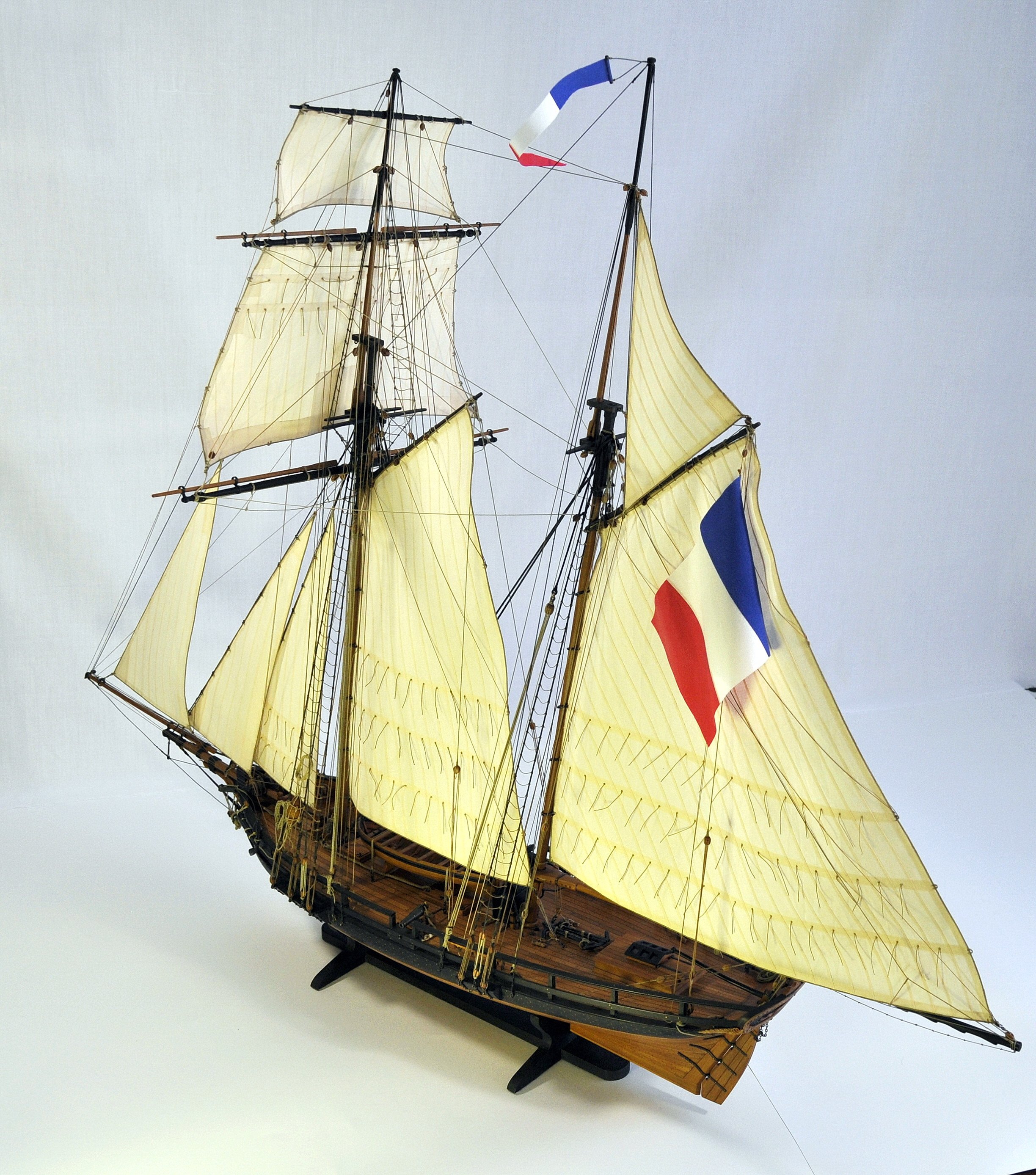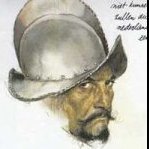-
Posts
557 -
Joined
-
Last visited
Content Type
Profiles
Forums
Gallery
Events
Posts posted by KORTES
-
-
I would like to present my attempts in making cap rail taffrail.
I waited a long time to approach it, finding the right technology, finally setting for the plank bending with further refining.
To start, I had to prepare a pattern, and as I had to bend the lath with a big margin(the original size 1,5:22 mm), I had to make reinforced fixators.
I have made two samples, refining them while adjusting them in place.
- Keith Black, mtaylor, JOUFF and 6 others
-
 9
9
-
-
-
-
- Valeriy V, druxey, paulsutcliffe and 8 others
-
 11
11
-
Thank you very much dear Keith.
-
- ChrisLBren, FriedClams, Valeriy V and 19 others
-
 22
22
-
-
Your handicraft is truly amazing!
- mtaylor and FriedClams
-
 2
2
-
- Keith Black, coxswain, BETAQDAVE and 15 others
-
 18
18
-
- JpR62, paulsutcliffe, GrandpaPhil and 10 others
-
 13
13
-
Thank you very much my dear colleagues.
Dear Michael.I have a pause in building "SPERWER" - I'm making sails. That's why I decided to show on the forum my last finished work Unfortunately I don't belong to the masters who work quickly. Once, I have apent two weeks of my vacation to make nailing.- Keith Black, BETAQDAVE and mtaylor
-
 3
3
-
- DORIS, Siggi52, Keith Black and 15 others
-
 18
18
-
- Keith Black, archjofo, tarbrush and 9 others
-
 12
12
-
My greetings, dear Dave.
Before the beginning of the building I realised the necessity of such instrument.Unfortunately, to my point of view, the PROXXON instruments are unreasonably expensive . That is why I have found in the internet photo of such instrument and asked my brother, who works with metal, to make me one. As a result I have two machines in one and it was a lot cheaper. -
- dvm27, Keith Black, tkay11 and 17 others
-
 20
20
-
I have finished the covering of the second broadside.
Sketching and putting treenail in place are still to be done. I’m still trying out on samples. As I will have to drill a lot, the manual drill will not be the best solution, I had to work on and upgrade my mini-drill. I bought it on flea-market a long time ago, but couldn’t find any use of it. Yesterday I installed a small switch and now I’m testing it.
-
19 hours ago, druxey said:
Well done for doing the planking over again! It's a hard decision, but one I'm sure you are glad of now.
Dear druxey,
Yes, you are right, making this decision wasn't easy, but I had an example of the outstanding Masters in front of me and I really wanted to get even if for a little closer to their quality of work. In the end I was satisfied with the results, even though I had to redo my work many times. Plus I have gotten experience out of it.
19 hours ago, BETAQDAVE said:While this method obviously works well for you, I am wondering why you don't just make the frames, fill the spaces solid with blocking, shape the hull and proceed directly to the finish planking rather than adding two additional layers of sub planking onto your solid blocked and shaped hull? It seems like a lot of additional work to accomplish the same result. Or is there a method to your madness?
 Because as I can say there is no denying the quality of your results.
Because as I can say there is no denying the quality of your results.
Dear BETAQDAVE,
It's hard to give a definite answer on the choice of the method of making a hull. I found this method used by Snarlev, and at that moment I thought it was the easiest and the least labor consuming.When working on "Sperwer" I used a different method, and I could say that each one has its own advantages.
18 hours ago, KeithAug said:Kortes
New planking looks good - how did you remove the old planking?
Dear KeithAug,
The covering was removed by means of heating by a hot air gun, it wasn't hard due to the fact that I used PVA glue.
My best regards, Alexander.
- mtaylor, FriedClams, BETAQDAVE and 5 others
-
 8
8
-
- bruce d, Keith Black, KARAVOKIRIS and 24 others
-
 27
27
-
- GrandpaPhil, druxey, mtaylor and 5 others
-
 8
8
-
Now, some of mistakes…
In order to warn my colleagues, who , just like me , don’t have too much experience, I wanted to highlight my mistake in the process of covering.
More than once in the working process I made sure that THE BEST IS THE ENEMY OF THE GOOD. After having completed the covering I decided , following the example of the Masters, to highlight the joints between the laths a bit. As a result, I haven’t succeeded in it, but I ruined the covering. The reason turned out to be banal – the glue on the plank ends, which wasn’t erased in time.
- GrandpaPhil, Keith Black, druxey and 4 others
-
 7
7
-
-
- Keith Black, JOUFF, BETAQDAVE and 5 others
-
 8
8
-
- mtaylor, yvesvidal, GrandpaPhil and 10 others
-
 13
13



La Jacinthe by Kortes - FINISHED - 1:42 scale - French schooner
in - Build logs for subjects built 1801 - 1850
Posted
Now, the same procedure with the hornbeam.